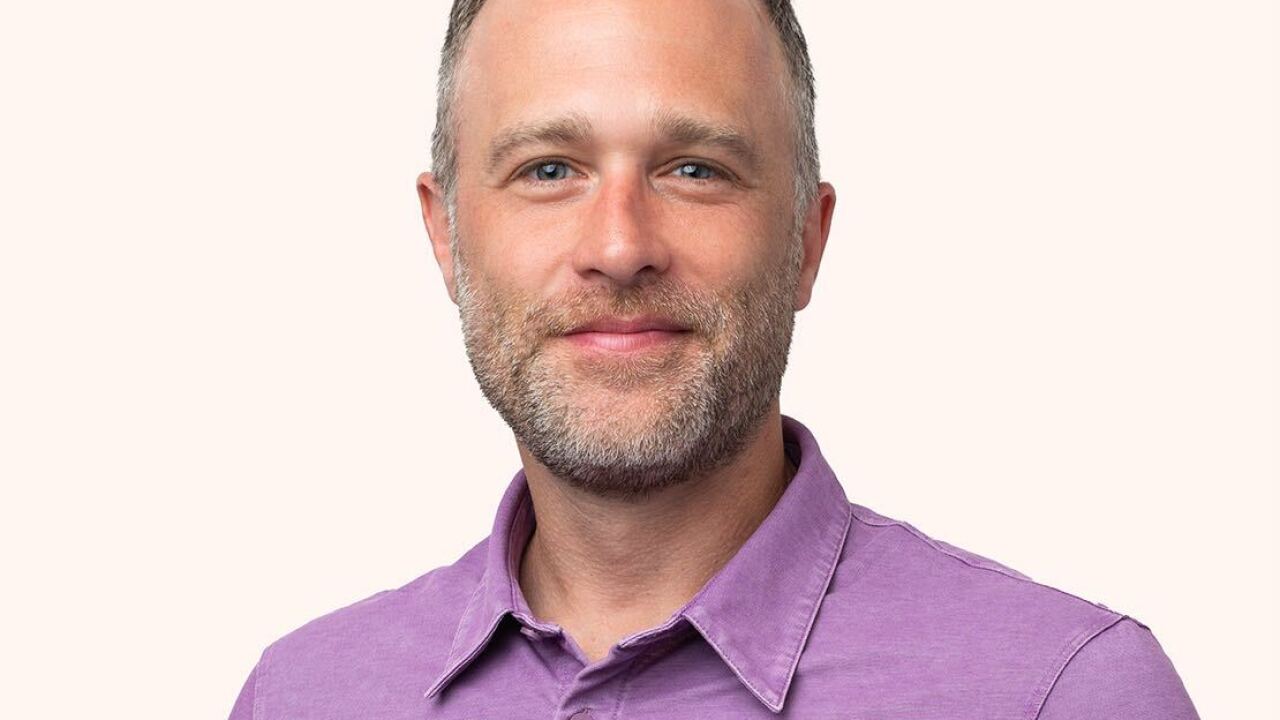DuTrac Community Credit Union is lending a hand to area merchants in the fight against check fraud by allowing members to use personal identification numbers (PIN) when they present checks.
The $260-million CU is the first financial institution in the U.S. to use the PINcheck, LLC national database of PINs to help verify the owners of checking accounts.
"We now have a way of verifying and tying our members to their checks," said Alan Schuster, senior vice president of member services at DuTrac.
Check fraud is perhaps the most elusive and costly type of fraud. Actual loss has remained relatively stable, but attempted check fraud rose to $5.5 billion from $4.3 billion in 2001, said the American Bankers Association. Meanwhile, CUNA Mutual registered 8,000 cases of CU check fraud last year.
The 33,000 members at DuTrac can choose to have checks printed with the PINcheck logos and then activate a PIN, Schuster explained.
Before an area merchant accepts a PINcheck check, the member must enter a four-digit PIN on a PIN pad or telephone keypad-which is "faster than whipping out two forms of identification," said Schuster. The PIN is then verified against PINcheck's database of checking accounts.
Merchants are alerted if a PIN doesn't match the checking account or if the account is closed.
"PINcheck is the only system that establishes account authority through the financial institution," explained Larry Kane, president of PINcheck. "This means that we know whether the check writer has the authority to conduct business on the account that the check is drawn on. Establishing identity without establishing authority to the account has little meaning."
DuTrac's reasons for joining PINcheck aren't immediately transparent-check fraud isn't much of an issue for DuTrac, said Tom Sarvis, DuTrac's president, noting "our losses have been relatively small in respect to what other parts of the country have experienced."
And the popularity of checks continues to decrease. In the 3rd quarter 2004, the Federal Reserve reported its lowest check clearing volume since 1989.
"We didn't implement PINcheck because we have a check fraud problem, but because we wanted to be on the leading edge of something very positive," said Schuster. "PINcheck is a tool that not only helps curb check fraud but also lends validity to the presenter of the item. So, we can help to curb identify theft down the road."
The credit union partnered with the Des Moines, Iowa-based PINcheck as a good faith gesture towards area merchants, said Schuster.
"Merchants want financial institutions to protect them," he said. "We're doing this really to help the merchant."
The eight-branch CU-and a nearby bank-got on board with PINcheck in October. Now the ball is in the merchants' court.
Sarvis said that without retailer participation, the technology is meaningless. "The real secret to making this a success is to get those merchants verifying that PIN. Once we get merchants, that's when other financial institutions will join and this will take a major step forward."
A regional grocery store, Target, Wal-Mart and several other financial institutions in the Dubuque area have expressed "some degree of interest," Sarvis added.
More about the success of the program will be revealed this year as merchants continue to make commitments, Kane said. So far, merchants with a total of six locations have agreed to accept the PINcheck technology, he added.
The PINcheck system requires very little of DuTrac's time, Schuster said. DuTrack uploads changes in checking account and member information to the database daily.
PINcheck can be used to protect transactions for merchant, financial institutions or private individuals. In addition, one-time-use Cash Keys protect two-party checks, cashiers checks, travelers checks, money orders and phone/Internet purchases. The payee enters the Cash Key provided to verify a transaction.
CUJ Resources
For info on this story:
* DuTrac Community CU at www.dutrac.org
* PINcheck at www.pincheck.com





